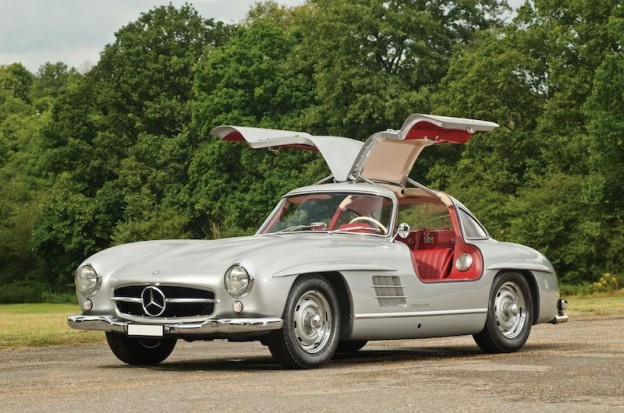Reading the weekend Financial Review, I nearly choked on my coffee. Extremely well-hidden was a rehash of Bloomberg article headlined “Ferraris race off lot.” Hagerty, a US-based classical car price database, was reporting that rare Ferraris surged by 62% in 2013. Apparently a dilapidated 1956 Gullwing estimated as being worth $1.2 million fetched $1.9 million. The new owner will need another $500K to make it roadworthy.
After a quick search on the Hagerty website, I found that a Tatra 603 circa 1960, the favoured official car of the old communist plutocrats will now fetch between $70,000 and $80,000. My now very much ex-boyfriend restored one of these ages ago. When the time came to have it registered and get new number plates, the guys at the RTA office proved they had a sense of humour. As he was waiting for the number plates to be allocated to him (this was back in the early 1980s, before IT truly hit its stride), he realised that it was taking an extraordinarily long time. He walked up to the counter and enquired what was taking so long. The supervisor could not help him, but promised that the people involved were not out the back having a smoko. Everything became clear when two very dust-covered customer service guys emerged from what must have been the bottom of the stock pile of available number plates, and proudly handed my ex this number plate in the old yellow background and black alphanumeric: “KGB 009”.
So, on the occasional slow day when the Financial Review runs out of superannuation, corporate governance and the usual doom and gloom and everything else to do with our economy, they may actually print the occasional story about what great investments classical cars truly are. This does not, however, mean that the Toyota Kluger my neighbour purchased all those years ago washed once in 2009, will be worth millions in 50 years’ time. But then again, what do I know?
